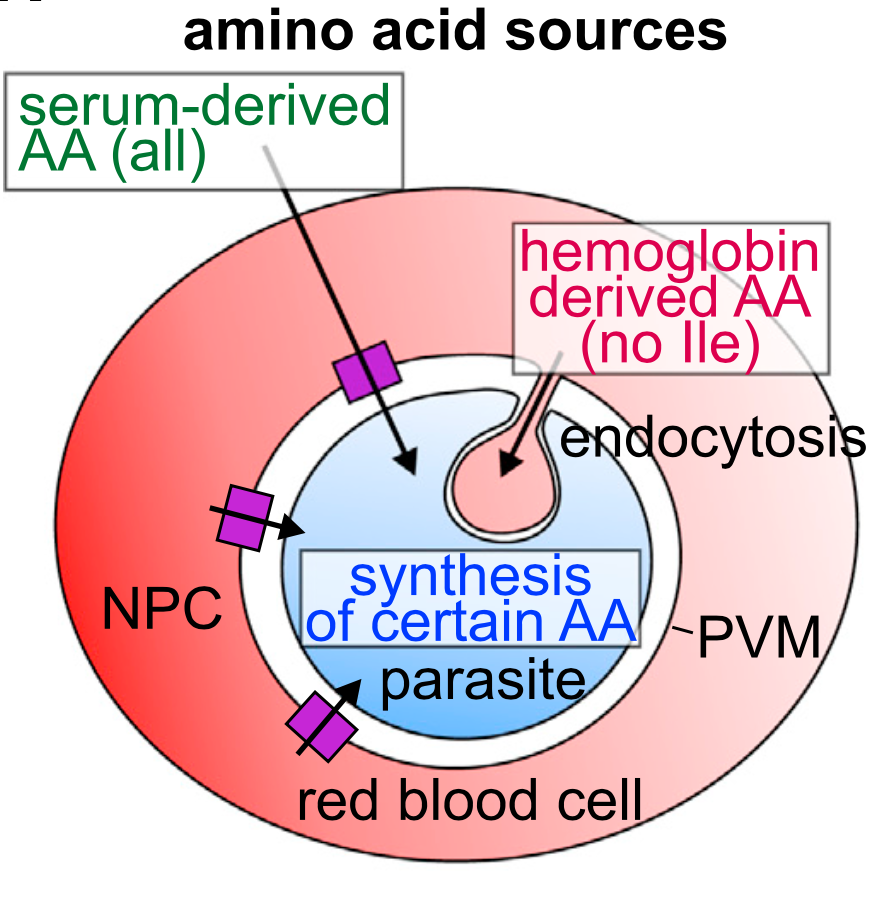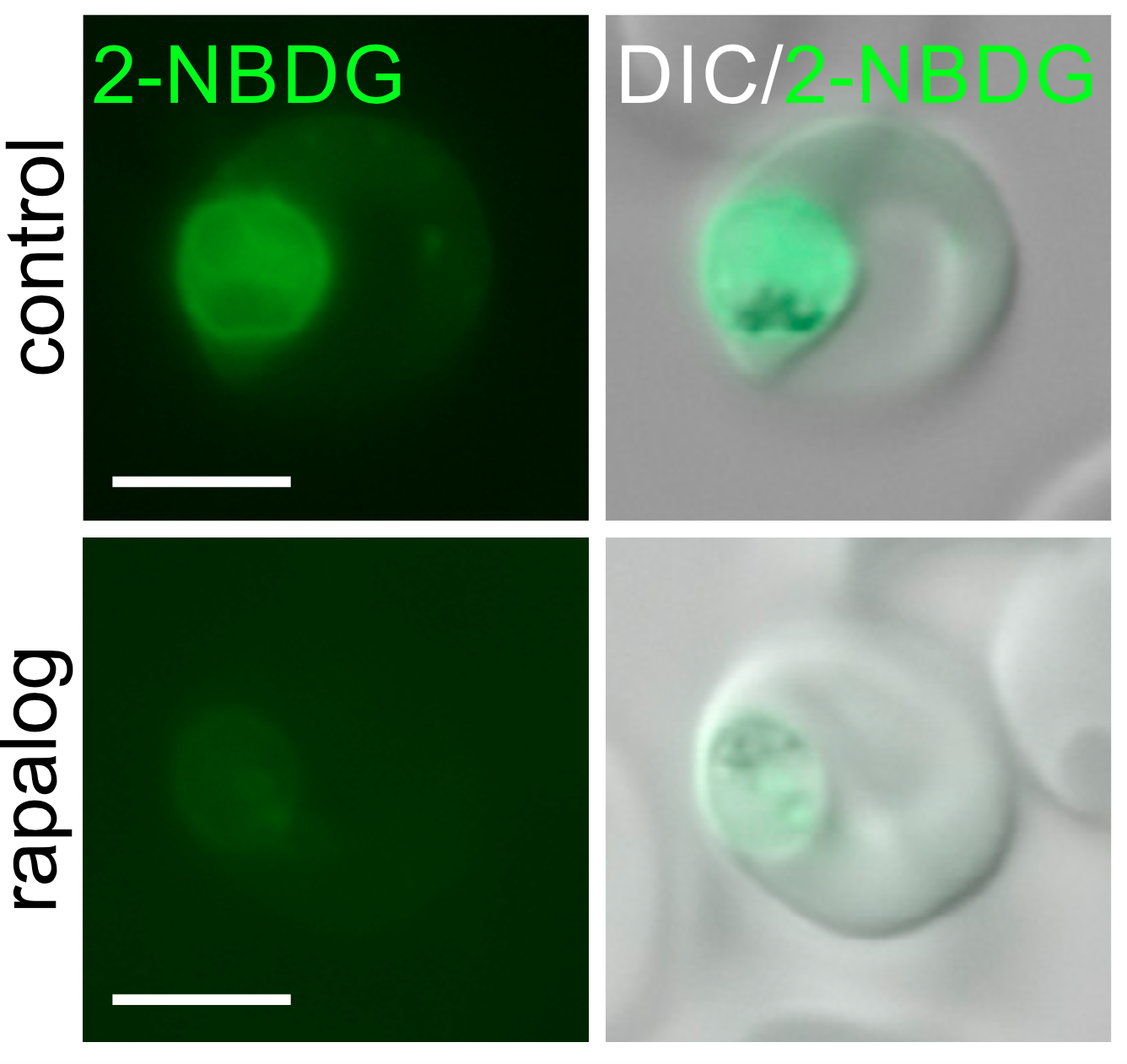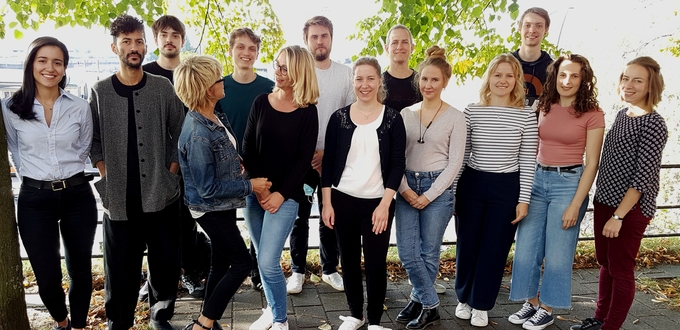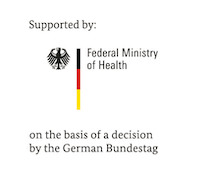Malaria parasites compensate the fitness cost of resistance to the frontline drug artemisinin
Loss of fitness of the resistance is compensated by increasing the number of nutrient-permeable channels in the parasitophorous vacuolar membrane
A new study on nutrient permeable channels (NPCs) in the parasitophorous vacuolar membrane of malaria parasites highlights the permeability properties as a critical factor for drug development. It shows that NPCs are a port of entry for multiple antimalarial drugs. It also shows that increasing NPC levels in artemisinin-resistant parasites ameliorates the fitness costs of resistance.

Studying NPC-dependent amino acid transport, the researchers recognised that amino acid deficiency is a reason for the reduced fitness in artemisinin-resistant (ARTR) parasites. They provided evidence that upregulation of NPCs to increase amino acid acquisition is a mechanism of ARTR parasites in vitro and in human infections to compensate for fitness costs such as slower growth. The study also shows that NPCs are important for access to nutrients and drugs, and amino acid deficiency is a critical limitation in ARTR parasites.
NPCs are localised in the parasitophorous vacuolar membrane (PVM). This membrane encloses the malaria parasite in red blood cells. When the amino acid supply is reduced, such as in artemisinin-resistant parasites, the malaria parasite increases the number of nutrient permeable channels (NPCs) in the PVM. At the molecular level, the gene EXP1 plays a role in regulating the number of channels.
The importance of NPCs for parasite growth was so far largely untested. Mesén-Ramírez et al. show that growth-relevant amounts of the most important carbon and energy sources pass through the NPCs. Using growth assays, they were able to see which molecules pass through the NPCs in living parasites and whether or not this activity is relevant to parasite growth.
An earlier study by the Spielmann group elucidated the mechanism of ART resistance. This mechanism has the disadvantage for the parasite that it receives fewer amino acids from host cell proteins that it ingests, resulting in a reduced fitness. The new study now shows that the parasite tries to compensate the fitness cost by increasing amino acid uptake via another pathway, namely the uptake of amino acids from the serum.

Conclusion
There is a complex relationship between acquisition of nutrients, access to drugs and resistance. Different drugs or even the nutritional status of the host can influence the selection pressure that favours the emergence of resistance or the fitness of resistant parasites in competition with other parasite strains.
"From the available data we can be conclude that the pathogen cannot become even more resistant to ART with the resistance mechanism, as it would otherwise starve itself. With the proliferation of the nutrient-permeable channels, the malaria parasite tries to maximise fitness under the conditions of resistance. Presumably, however, the NPCs cannot be upregulated indefinitely," Spielmann explains.

The Malaria Cell Biology Group, of which Mesén-Ramírez is a member, is researching the basic and specific biology of malaria parasites in the blood stage.
Original publication
Tobias Spielmann et al., "The parasitophorous vacuole nutrient channel is critical for drug access in malaria parasites and modulates the artemisinin resistance fitness cost." Cell Host & Microbe 29, (Dez. 8, 2021).
DOI:https://doi.org/10.1016/j.chom.2021.11.002
Related Articles
Contact person
Dr Tobias Spielmann
Research group leader
Phone : +49 40 285380-486
Email : spielmann@bnitm.de
Dr Eleonora Schoenherr
Public Relations
Phone : +49 40 285380-269
Email : presse@bnitm.de






